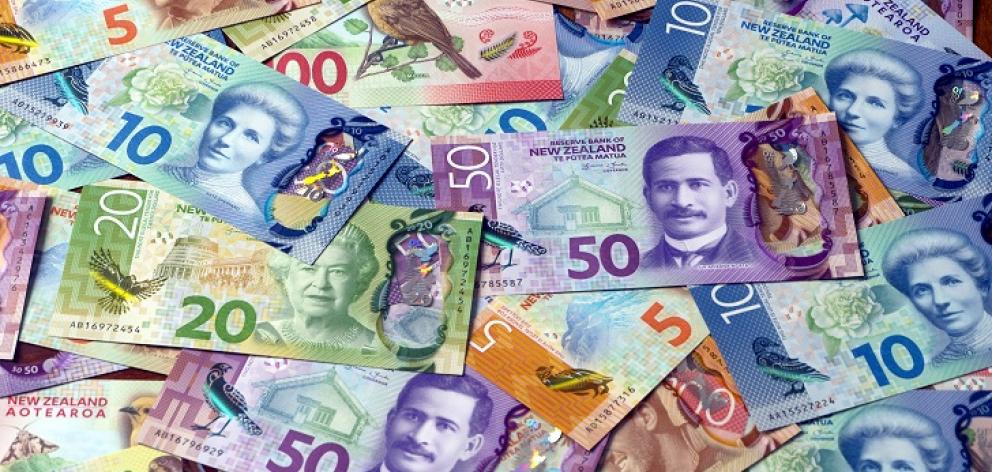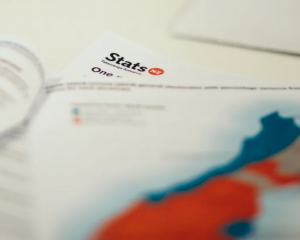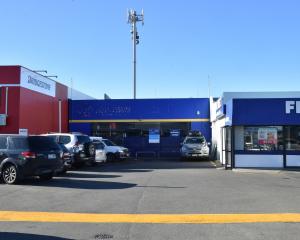
There was a rise on all the key crosses, except the euro, and the trade-weighted index (a basket of currencies from New Zealand's trading partners) was up 2.5%.
The global economic data flow was softer than recent trends but world growth was well on track to be the highest in more than five years, he said.
``This economic backdrop, and a strong United States earning season, helped drive global equity markets to reach fresh highs.''
There was a 3.5% rise in the MSCI emerging markets index and a 1.5% rise in the World (developed) markets index.
Low market volatility remained a theme, supporting positive market sentiment, Mr Wong said.
The Volatility Index (VIX) fell to pre-global financial crisis levels and credit spreads narrowed, driving risk appetite to a fresh three-year high during the month.
New Zealand commodity prices rose during the month. The BNZ-preferred CBA index rose to a 2.5-year-high.
Whole milk dairy prices sustained their strong April rally, encouraging Fonterra to raise its 2016-17 milk payout by 2.5% to $6.15 per kg/ms, and setting an initial high payout forecast of $6.50 kg/ms for the 2017-18 season, he said.
``The market has ignored these positive dynamics that have been in play over recent months and we see the New Zealand dollar's outperformance reflecting some catch-up.
``It all seemed a bit odd, really, as much of the dollar's broadly based gains came in the last 10 days of the month, with no particular trigger for the move.''
Earlier last month, the Reserve Bank surprised the market with a more dovish monetary policy statement than expected, Mr Wong said.
The consensus view, leading up to the release was data since the February MPS, unambiguously pointed in the direction of much higher inflationary pressures than the bank previously thought and it would lead the bank to showing a gentle lift in its official cash rate track.
``In a shock move, the bank 'discovered' some disinflationary pressure would offset the most obvious inflationary impulses.''
The rate track showed no possible hike until late 2019, an unchanged assessment from February.
The dollar fell on the assessment but by the end of the month had more than recovered all of the losses, leaving the TWI probing two-month highs, he said.
The US dollar was generally soft. Some softer US economic data, including inflation indicators, created some doubt about the path of future Federal Reserve interest rate rises.
Minutes from the Fed May meeting put a June rate rise by the Fed in the spotlight. But the message was softened to the extent members thought it would be prudent to ensure evidence confirmed the transitory nature of the first-quarter slow down.
The clear measure was further rate rises beyond June were data-dependent, Mr Wong said.
Weakness in the US currently also probably reflected a political risk premium built in after investigations began into President Donald Trump's link to Russian interference in last year's election.
``With Trump fighting fires, the market took the view his pro-growth strategy was under threat and further delays were likely for any fresh policy initiatives.''












